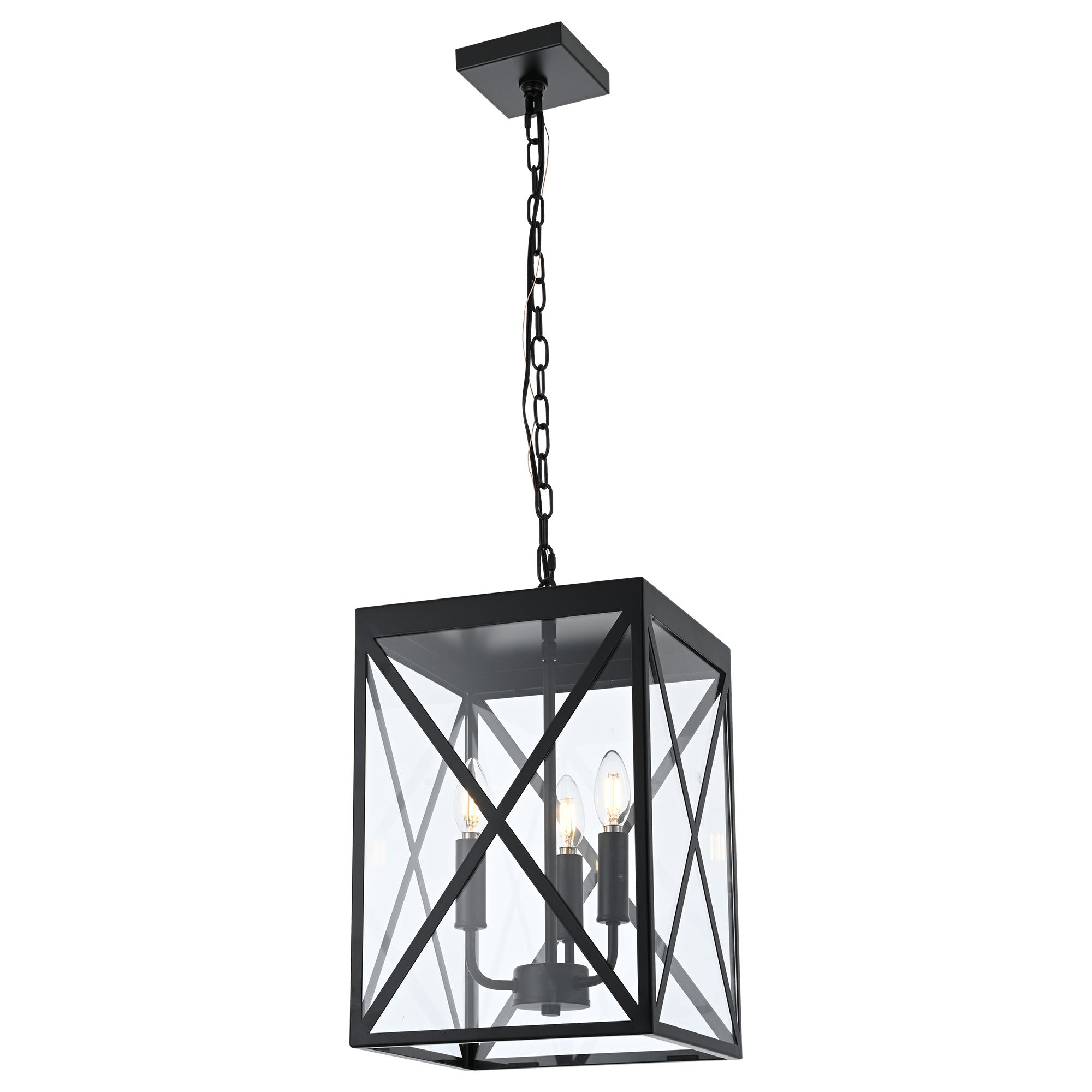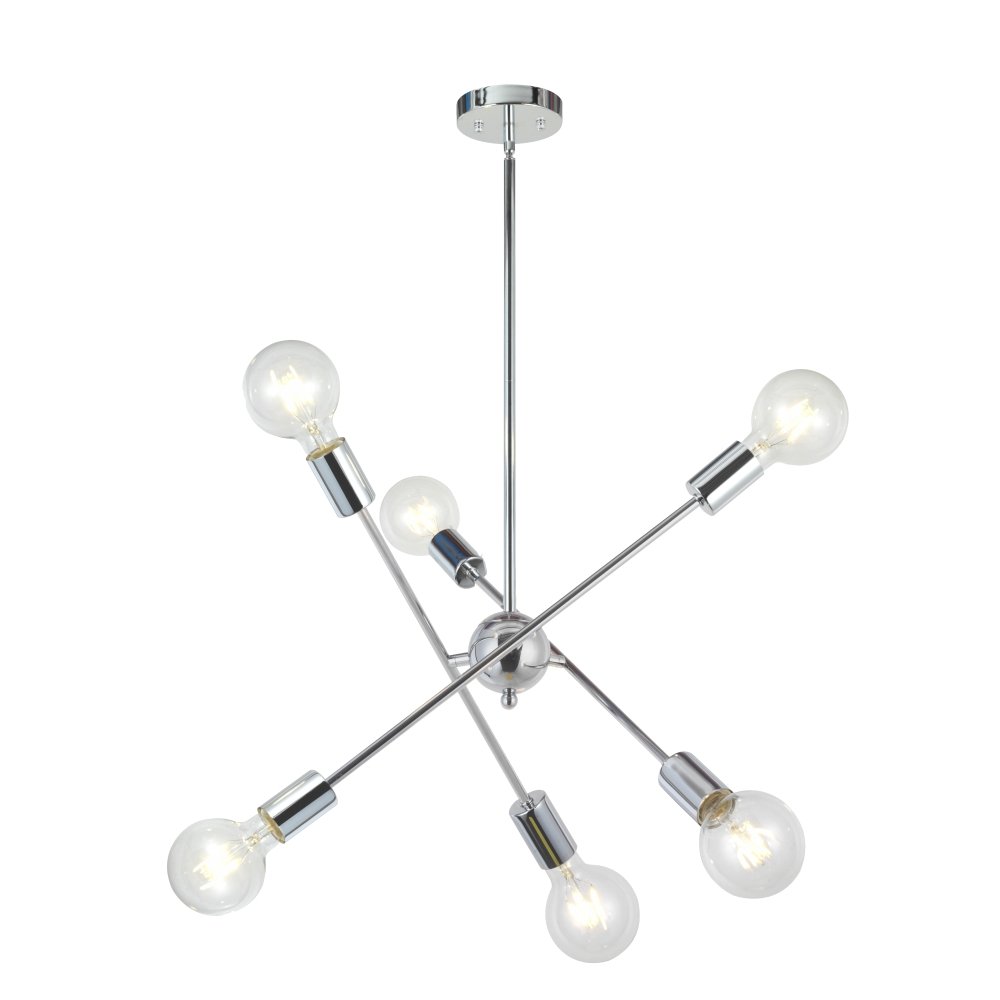outdoor light sensor
Outdoor Light Sensor: Enhancing Home Security and Energy Efficiency

Foreword
In an era where technology seamlessly integrates with daily life, outdoor light sensors have emerged as an indispensable tool for both enhancing home security and optimizing energy consumption. These devices offer a subtle yet powerful way to illuminate our outdoor spaces, react to environmental changes, and save on electricity bills. In this comprehensive guide, we will delve into the intricacies of outdoor light sensors, their benefits, and how to choose the best one for your needs.
Understanding Outdoor Light Sensors
An outdoor light sensor is a device designed to detect changes in ambient light levels and automatically adjust the lighting of an outdoor space accordingly. These sensors are equipped with photoelectric cells that convert light into electrical signals, triggering the lights to turn on or off based on the detected light levels. Outdoor light sensors are a crucial component of smart home systems, offering a blend of security, convenience, and energy efficiency.
The Importance of Outdoor Light Sensors
Enhancing Security

One of the primary functions of an outdoor light sensor is to enhance home security. By illuminating dark areas around your property, these sensors deter potential intruders and provide a sense of safety for you and your family. Motion-activated sensors can detect movement and trigger lights, alerting you to any unexpected activity. This added layer of security can make a significant difference in preventing break-ins and unauthorized access.
Energy Efficiency
Outdoor light sensors play a pivotal role in reducing energy consumption. By automatically turning off lights when they are not needed, these sensors help save electricity and lower utility bills. Energy-efficient lighting is not just about using LED bulbs; it’s also about managing when and how these lights are used. Outdoor light sensors ensure that lights are only on when necessary, reducing waste and contributing to a greener environment.
Convenience and Comfort
Imagine coming home late at night to a dark, unlit property. An outdoor light sensor can eliminate this inconvenience by automatically illuminating pathways and entry points. This added convenience extends to outdoor activities, such as gatherings or evening workouts, where the sensor can adjust the lighting to suit your needs.
Types of Outdoor Light Sensors
There are several types of outdoor light sensors available, each offering unique benefits and features:
- Motion Sensors: These sensors detect movement within a specified range and trigger the lights accordingly. They are ideal for areas with high foot traffic or where security is a concern.
- Photocell Sensors: These sensors detect changes in light levels and adjust the lighting accordingly. They are perfect for maintaining consistent lighting in outdoor spaces.
- Timer Sensors: These sensors operate based on a set schedule, turning lights on and off at predetermined times. They are useful for maintaining a consistent lighting pattern, even when you’re not home.
Choosing the Right Outdoor Light Sensor
When selecting an outdoor light sensor, consider the following factors:
- Range: The range of the sensor determines how far it can detect motion or light changes. Choose a sensor with a range that suits your specific needs.
- Sensitivity: The sensitivity of the sensor determines how easily it can detect changes. A higher sensitivity level may result in more frequent triggering, while a lower level may miss some activity.
- Weather Resistance: Since outdoor light sensors are exposed to the elements, ensure that the chosen sensor is weather-resistant and durable.
- Integration: If you have a smart home system, consider a sensor that can integrate seamlessly with your existing setup.
Installation and Maintenance
Installing an outdoor light sensor is relatively straightforward. Most sensors come with detailed instructions and can be mounted on walls, ceilings, or poles. Once installed, it’s essential to perform regular maintenance to ensure optimal performance. Clean the sensor regularly to remove dirt and debris that may affect its sensitivity and accuracy.
Conclusion
In conclusion, an outdoor light sensor is a valuable addition to any home, offering enhanced security, energy efficiency, and convenience. By automatically adjusting outdoor lighting based on ambient conditions, these sensors provide a safer, more efficient, and more comfortable living environment. Whether you’re looking to deter intruders, save on energy costs, or simply enjoy a well-lit outdoor space, an outdoor light sensor is a wise investment.
Key Takeaways
- Outdoor light sensors enhance home security by illuminating dark areas and detecting movement.
- These sensors contribute to energy efficiency by automatically turning off lights when not needed.
- Outdoor light sensors offer convenience and comfort by adjusting lighting based on your needs.
- Choose the right sensor based on range, sensitivity, weather resistance, and integration capabilities.
- Regular maintenance ensures optimal performance and longevity of the sensor.

